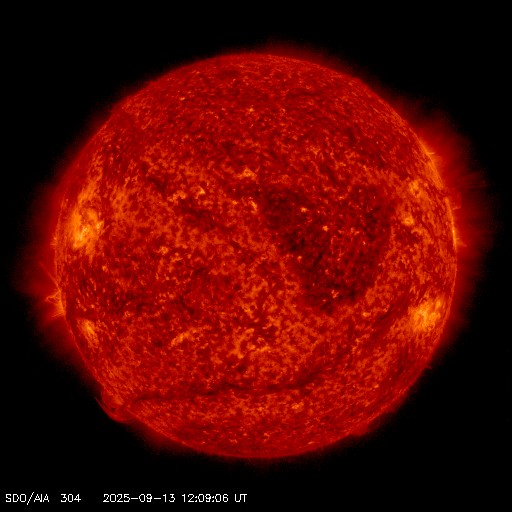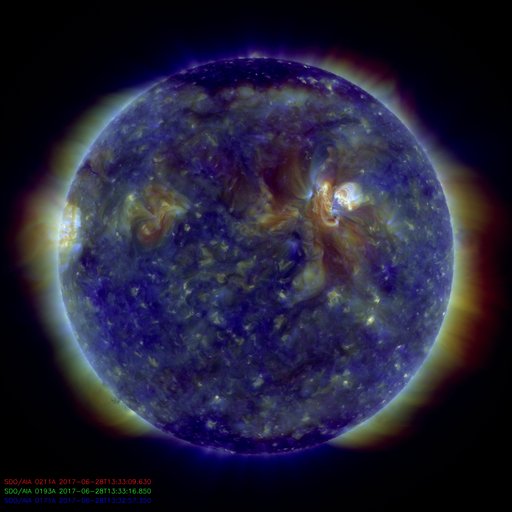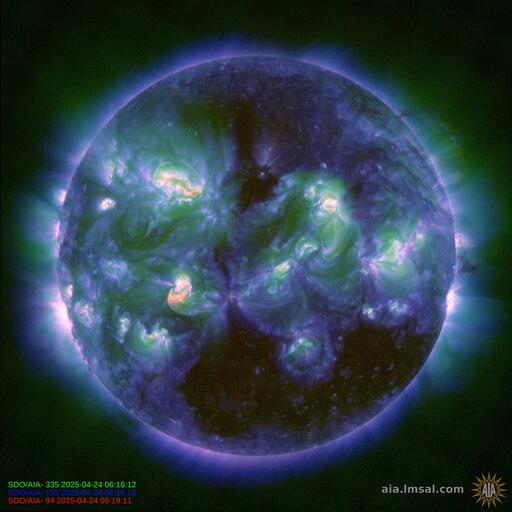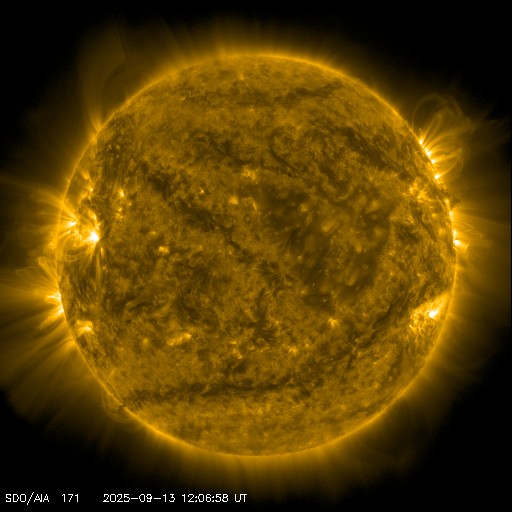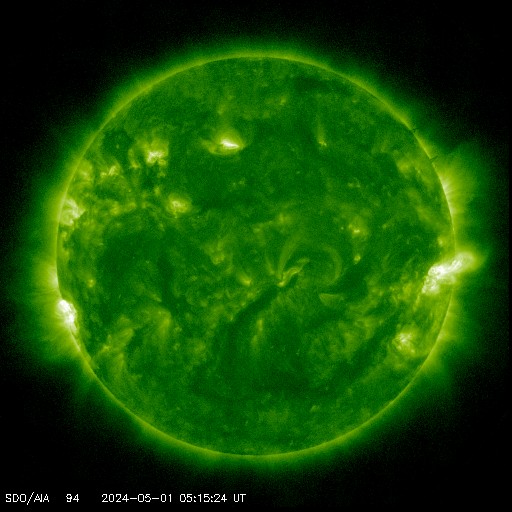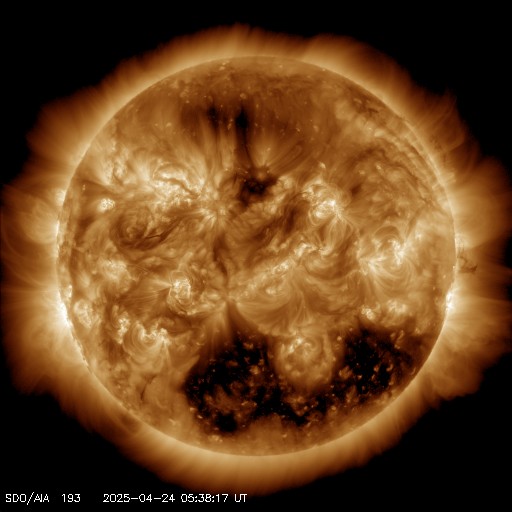We are seeing some rapid growth today within Sunspot Rregion 1444 located in the northeast region of the solar disk. Region 1444 is yet another reversed polarity sunspot located in the northern hemisphere of the solar disk. We are watching this Region for continued growth as it moves into a more Earth facing position.
The last reversed polarity sunspot we saw was Sunspot Region 1429 (also located in the northern hemisphere) that started its earth facing activity with a M3.3 flare on March 2, 2012 . To the left, we can see old Region 1429 as it appears on the STEREO Behind EUVI 195 image from today. 1429 has survived its transit on the backside of the Sun, and should be coming back into an Earth facing position around March 28th-30th.
You can view all reports we did on sunspot region 1429 Here:
http://mysolaralerts.blogspot.com/search?q=1429&max-results=20&by-date=true
.

